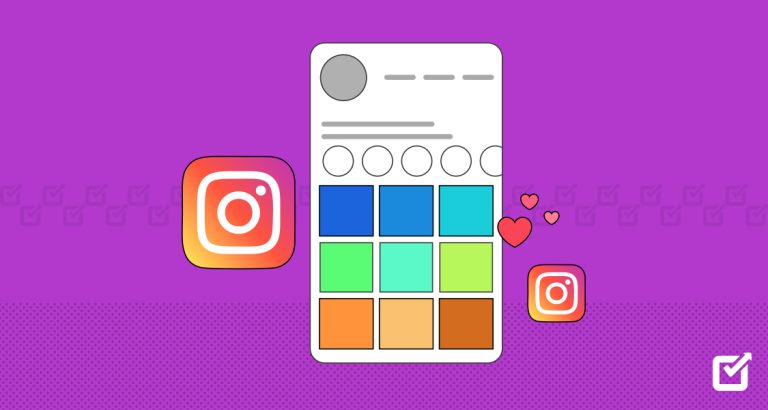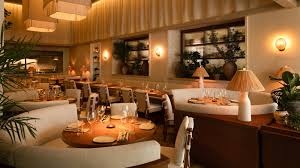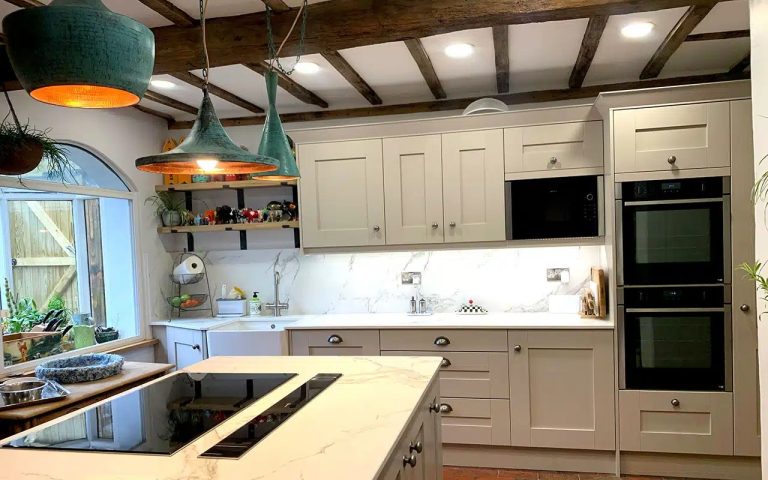5 Key Features to Look for in Security Cameras for Restaurants
Here’s something most restaurant owners know too well: theft is bleeding your industry dry. We’re talking billions lost every year. Employees pocketing cash. Customers are doing dine-and-dash. Break-ins after closing time. According to recent research, restaurants are prime targets for theft, whether it’s internal theft by employees, external theft by customers or intruders, or burglary during non-operating hours, posing risks to both cash and valuable equipment.
Getting the right cameras? That’s not just about catching bad guys on tape. It’s about stopping problems before they happen. So let’s dig into what actually matters when you’re shopping for a system that works.
High-Resolution Video Quality
Blurry footage is basically useless. Seriously. You need to see details—someone’s face at the register, what’s happening at table twelve, who grabbed that tip.
Why 1080p Is Your Minimum Standard
Resolution is everything. With 1080p, you’ll actually see faces clearly, make out what’s written on receipts, spot sketchy behavior as it unfolds. Got a bigger space? Parking lot? Then 4K is your friend. Trust me, you’ll be grateful for that extra detail when you’re replaying footage at 2 AM trying to figure out what went wrong.
Night Vision for After-Hours Protection
Your vulnerability doesn’t clock out when you lock up. Infrared cameras can see in total darkness—zero ambient light needed. Some newer models even give you color night vision, which is wild. This becomes crucial if you’re open late or need to monitor cleaning crews and closing procedures.
Handling Tricky Lighting Situations
Restaurant lighting is a nightmare for cameras. You’ve got bright windows flooding light into dark corners. Outdoor patios where the sun keeps changing angles. Enter Wide Dynamic Range technology—it balances these lighting extremes automatically. Without WDR? You’ll get blown-out windows or areas so dark they’re basically invisible. What’s the point of cameras then?
Strategic Coverage and Camera Positioning
Amazing image quality means zilch if your cameras are pointed at the wrong spots. Thoughtful placement eliminates dead zones and captures everything that matters.
Wide-Angle Coverage for Dining Areas
Today’s wide-angle lenses can see 110 to 130 degrees. That’s massive coverage from one camera. When considering security cameras for restaurants, many professional models now feature adjustable viewing angles that adapt to your specific layout. Your kitchen needs different coverage than your entrance. Your register area? That’s another story entirely.
Place cameras where they capture what you need without being creepy. This isn’t about Big Brother—it’s about smart protection.
PTZ Cameras for Active Monitoring
Pan-Tilt-Zoom cameras are kind of amazing. You can control them remotely, follow suspicious movement, and zoom in on specific incidents as they happen. Bigger restaurant? These become invaluable. Some even track movement on their own, though you’ll still need fixed cameras on your most important areas.
360-Degree Solutions for Smaller Spaces
Fisheye cameras give you full room coverage from one spot on the ceiling. Yeah, the image looks warped—you’ll need dewarping software—but they’re incredibly cost-effective for compact restaurants. One fisheye can literally replace three or four regular cameras.
Advanced Storage Solutions
Okay, you’ve recorded great footage. Where does it live? Your storage setup determines whether you’ll have evidence when you desperately need it.
Cloud Storage Benefits
Cloud storage lets you access footage from anywhere. Automatic backups. Protection if someone steals your physical recorder. Running multiple locations? Cloud storage is a lifesaver for centralized management. Yes, there’s usually a monthly subscription, but think of it as insurance.
Local Network Video Recorder Systems
Network Video Recorders mean one upfront purchase with no recurring fees. AI-based people counting systems in QSRs offer valuable insights into restaurant performance across multiple locations, making it easy to compare key metrics such as foot traffic, peak hours, and customer wait times. You’ll want storage capacity for at least 30 to 90 days. Many best security cameras now support hybrid approaches—both cloud and local storage working together for redundancy.
Recording Methods That Matter
Continuous recording catches everything but eats storage like crazy. Motion-activated recording conserves space but might miss important context before or after an incident. Smart detection is the sweet spot—it ignores irrelevant movement like swaying plants while capturing actual events. Pick what makes sense for your high-risk areas.
AI-Powered Analytics and Smart Features
Modern restaurant surveillance systems aren’t just dumb recorders anymore. They analyze behavior patterns and feed you business intelligence.
People Counting and Traffic Analysis
Knowing your customer flow patterns helps with staffing decisions and identifying rush hours. Heat mapping reveals which areas get trafficked most, informing how you arrange your space. Many AI-enabled systems include these insights as standard features now.
Behavior Analysis and Safety Monitoring
Advanced systems spot slip-and-fall incidents the moment they happen. They identify loitering. Monitor kitchen danger zones. Some can detect smoke or flag unauthorized access to restricted spaces. These features of security cameras turn passive recording into active, intelligent protection.
License Plate Recognition for Parking
Running a drive-through or curbside pickup? License plate recognition streamlines everything. You can identify regulars, verify delivery drivers, and handle parking lot disputes with actual proof.
Integration and Remote Access
Your security system works best when it talks to your other systems. Integration multiplies its value exponentially.
Mobile App Functionality
You can’t physically be there around the clock. But your phone? That can keep you connected. Look for systems with solid iOS and Android apps—live viewing, playback, push notifications when something critical happens. Multi-user access with tiered permissions lets managers check in without giving them full system control.
POS System Integration
This is powerful stuff. When you link cameras with your point-of-sale system, video footage syncs with transactions. You can spot cash register discrepancies instantly, monitor suspicious void transactions, and catch employee theft red-handed. This integration has proven ROI repeatedly.
Compatibility and Scalability
ONVIF compliance ensures cameras work with various recording platforms and management software. As you expand, you’ll want to add cameras without ripping out everything. Seek systems that integrate smoothly with existing infrastructure—alarm systems, smart locks, and access control.
Making Your Buying Decision
Understanding features is one thing. Actually buying the right system? That’s another challenge entirely. A comprehensive security camera buying guide helps match capabilities to your budget reality.
Budget Planning by Restaurant Size
Small cafes might spend $500 to $2,000 for decent coverage. Medium full-service restaurants typically invest $2,000 to $8,000. Large establishments or multi-location chains need enterprise solutions starting around $10,000. Don’t forget installation costs and ongoing maintenance in your budget.
Essential Technical Considerations
Outdoor cameras need weatherproofing—look for IP66 or IP67 ratings. Kitchen environments demand temperature-resistant models. Audio recording helps resolve disputes but check your state’s consent laws first. Cybersecurity features like encryption and two-factor authentication keep hackers away from your footage.
Implementation Best Practices
Strategic placement beats quantity every time. Cover your cash registers, entrances, exits, kitchens, and storage areas. Document your surveillance policies clearly. Train employees on what cameras do and don’t monitor. Regular maintenance keeps everything running smoothly, including monthly cleaning, quarterly testing, and annual professional reviews.
Common Questions Restaurant Owners Ask
- Do security cameras really reduce theft in restaurants?
Absolutely. Visible cameras can cut theft by up to 50%. They discourage external criminals and internal employee theft by creating accountability and providing concrete evidence for investigations.
- Can I access my restaurant’s cameras from my phone?
Most modern systems include mobile apps for iOS and Android. You’ll have live viewing, playback capabilities, and push notifications for events. Monitor from literally anywhere with internet access.
- How long should restaurants keep security footage?
Industry best practices suggest 30 to 90 days minimum. Legal requirements vary by state, but longer retention helps with investigations and insurance claims that might not surface immediately.
Final Thoughts on Restaurant Security
The best security cameras blend high resolution, strategic coverage, dependable storage, AI analytics, and seamless integration. These five features work in concert to protect your assets, staff, and customers while delivering valuable business intelligence.
Stop viewing security as just another expense—it’s an investment that delivers returns through theft prevention, operational improvements, and genuine peace of mind. Start by honestly assessing your specific vulnerabilities, then select a system addressing them without unnecessary bells and whistles. Your restaurant’s security deserves the same attention and care you pour into perfecting your menu.






